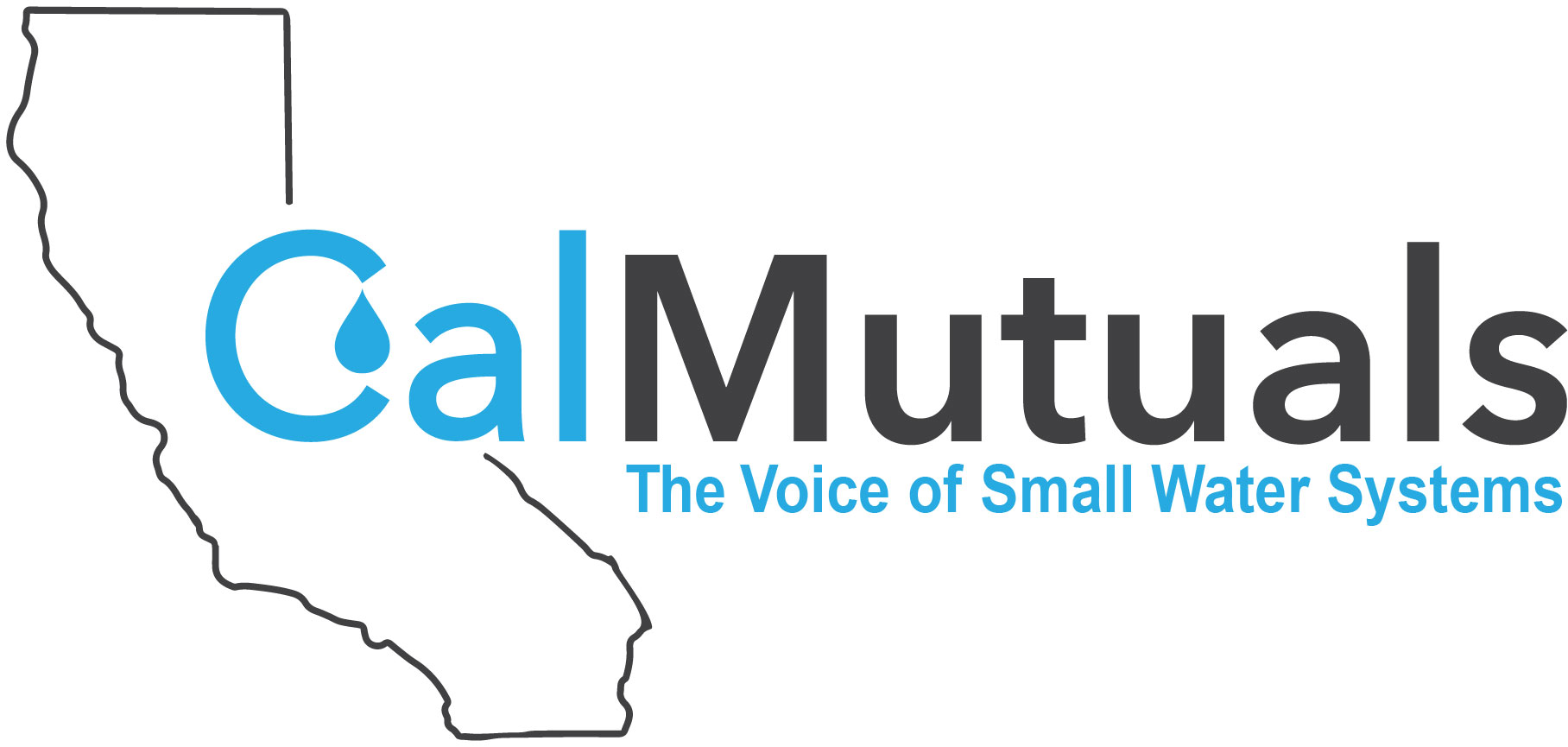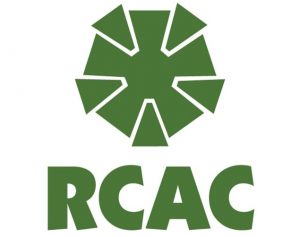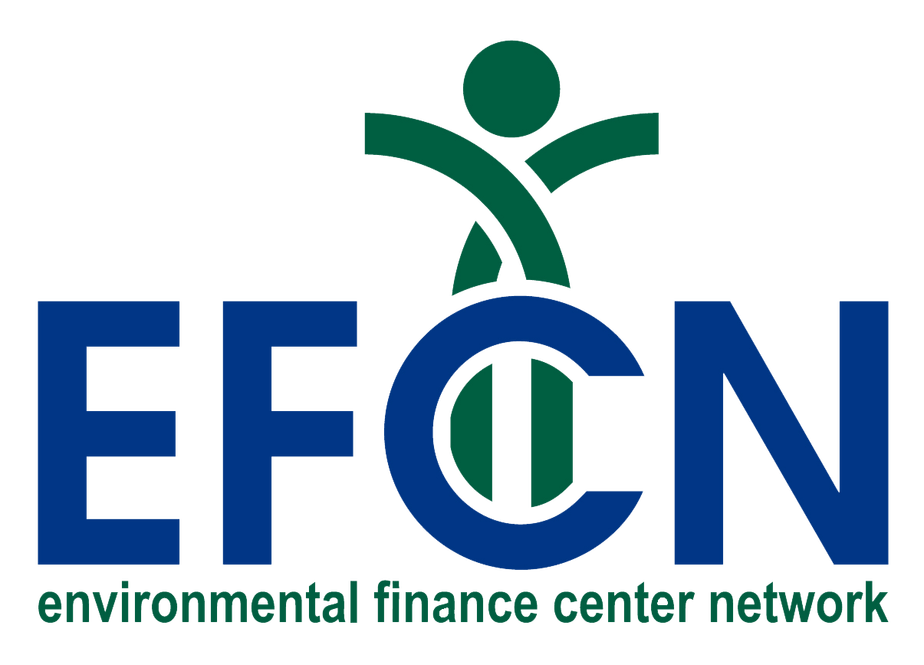Webinar | Understanding Bacteriological Quality Standards
Webinar OnlyThis course Understanding Bacteriological Quality Standards is offered two times on the same day, attendees ONLY need to register once to take this course. Providing safe and affordable drinking water to customers is the primary objective of any drinking water system. Routine monitoring for bacterial contamination is one of the most effective indicators of a potentially hazardous condition in your system. Although waterborne disease outbreaks are relatively uncommon in the United States, the threat can be deadly. Missed routine and repeat samples are costly in many ways including time, lab fees, penalties and consumer confidence, not to mention the health risk to the public. Join us to learn or review the bacteriological standards required by both California State Total Coliform Rule (TCR) and Federal Revised Total Coliform Rule (RTCR). This workshop will address public water system standards for ensuring bacteriological quality through monitoring and reporting. Participants will learn: The importance of total coliform as an indicator of water quality Compliance with California state and federal bacteriological quality monitoring and reporting regulations Public Notification requirements Triggers and follow-up for Level 1 and Level 2 assessments


